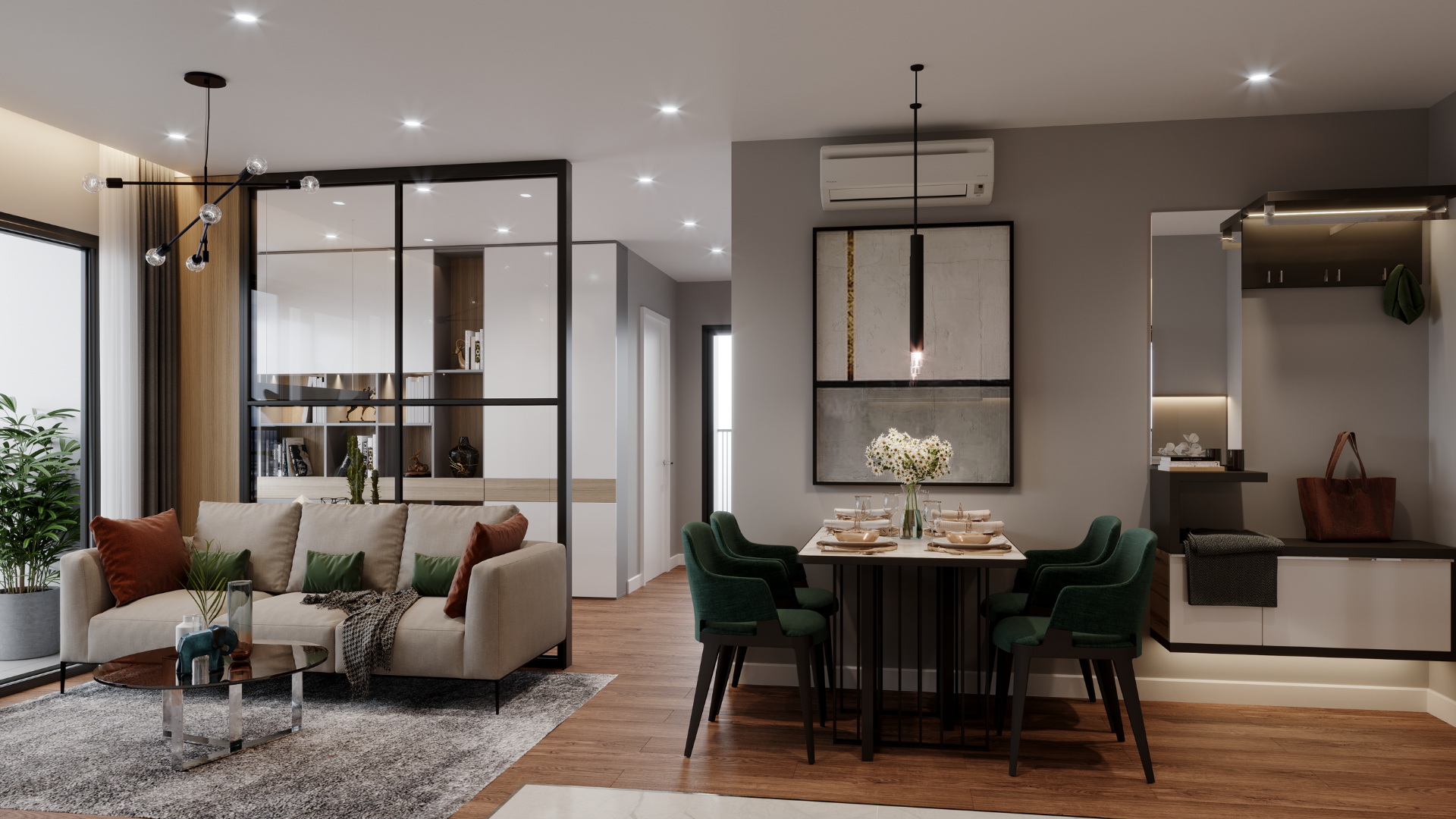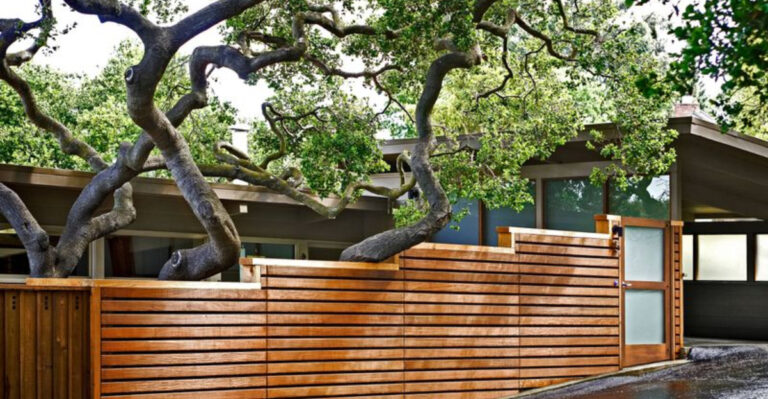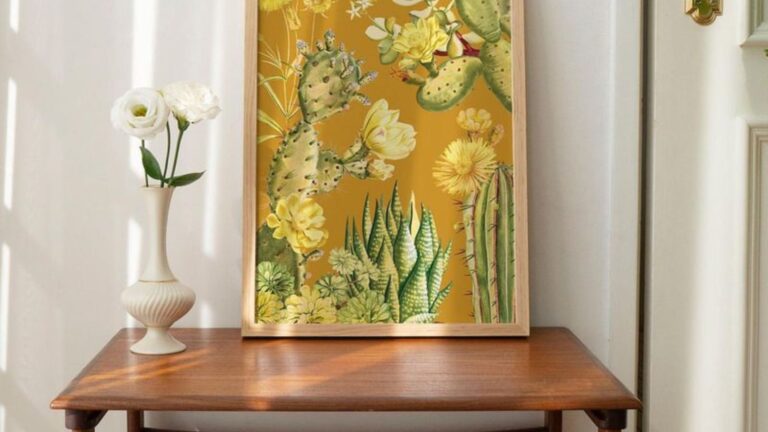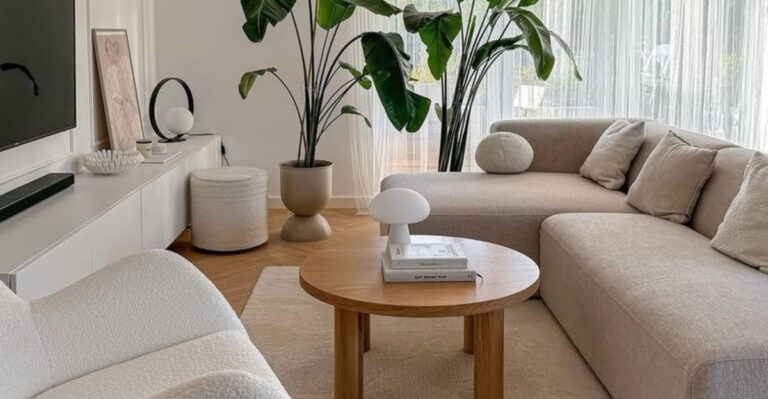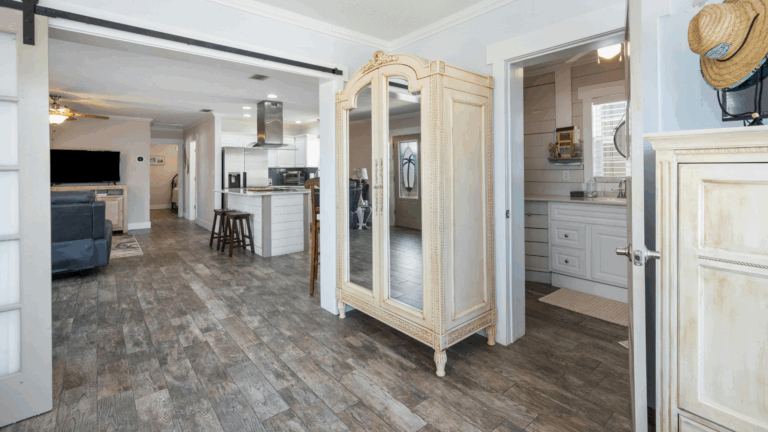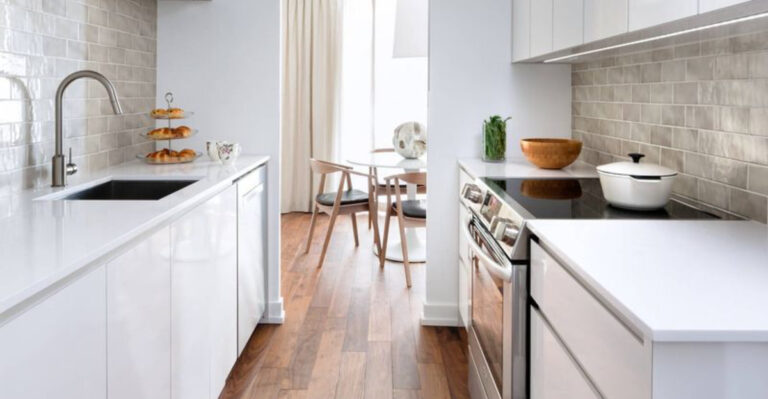17 Features Buyers Are Starting To Avoid In Modern Homes
House hunting has definitely changed over the years, and what people look for in a home today isn’t always the same as it used to be.
Some things that were once seen as must-haves now feel unnecessary or out of touch with how people actually live. If you’re thinking about selling your home or planning to build, it helps to know which features buyers aren’t really interested in anymore.
It’s not just about trends, it’s about being practical and thoughtful with your choices, so you’re not spending time or money on things that might not matter to today’s buyers.
1. Gourmet Kitchens
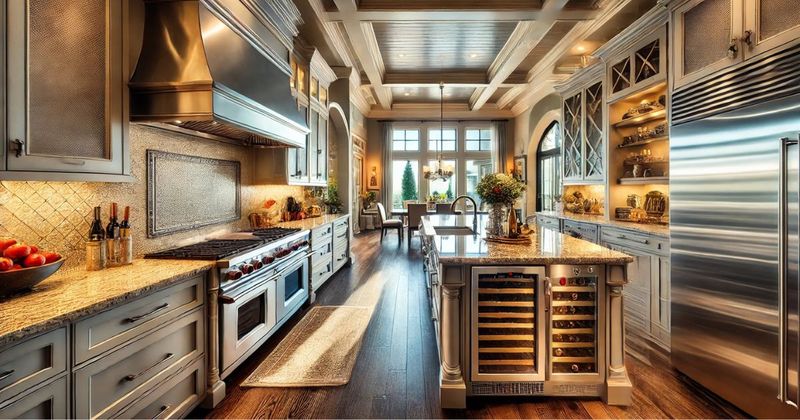
Remember when professional-grade kitchens were all the rage? Those days are fading fast. Massive stoves with eight burners and double ovens now look like energy hogs to eco-conscious buyers.
Most families realize they rarely use all that cooking power anyway. Modern homeowners prefer efficient layouts with quality appliances that don’t overwhelm the space or their utility bills.
2. Formal Dining Rooms
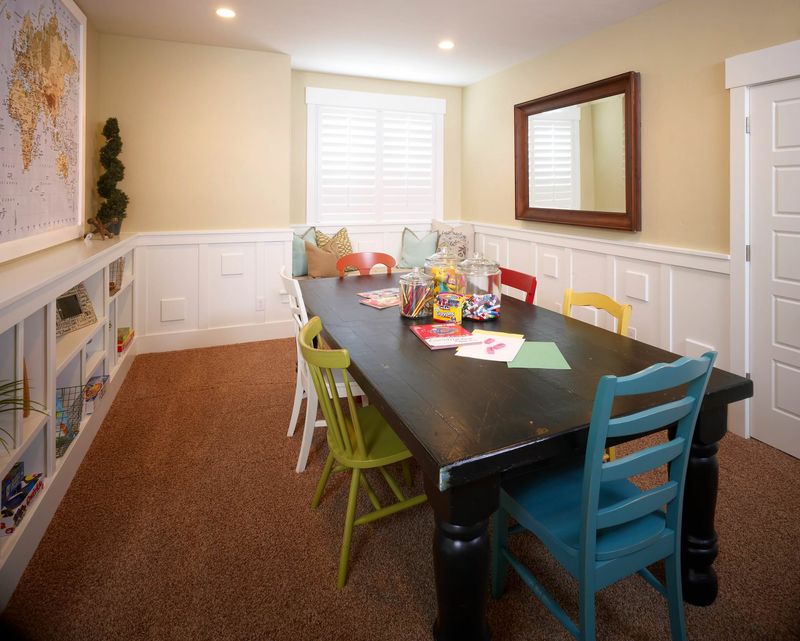
There’s something almost comical about formal dining rooms these days. They sit empty 364 days of the year, only to be used for Thanksgiving dinner.
Buyers now gravitate toward open concepts where eating areas flow naturally into living spaces. Why waste precious square footage on a room that’s basically an expensive storage area for your china cabinet?
3. Sunken Living Rooms
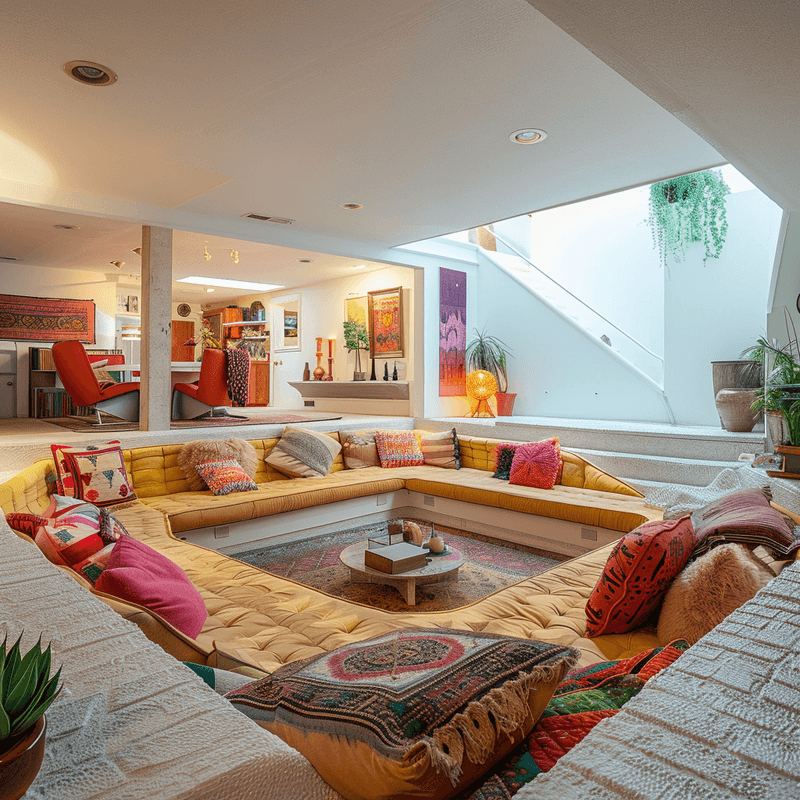
Though once the height of 70s sophistication, sunken living rooms are now seen as accident zones waiting to happen. Those unexpected steps create tripping hazards for everyone from toddlers to grandparents.
Accessibility concerns aside, they also make furniture arrangement a nightmare. Today’s buyers want smooth transitions between spaces without the drama of different floor levels.
4. Jacuzzi Tubs

If you’ve ever owned a jacuzzi tub, you know the sad truth: they rarely get used. Filling one requires enough water to supply a small village, and who has 45 minutes to soak these days?
Cleaning those jets is another nightmare altogether. Modern buyers are saying “no thanks” to these water-wasting relics, opting instead for luxurious walk-in showers that actually fit their lifestyle.
5. Garden Jungles
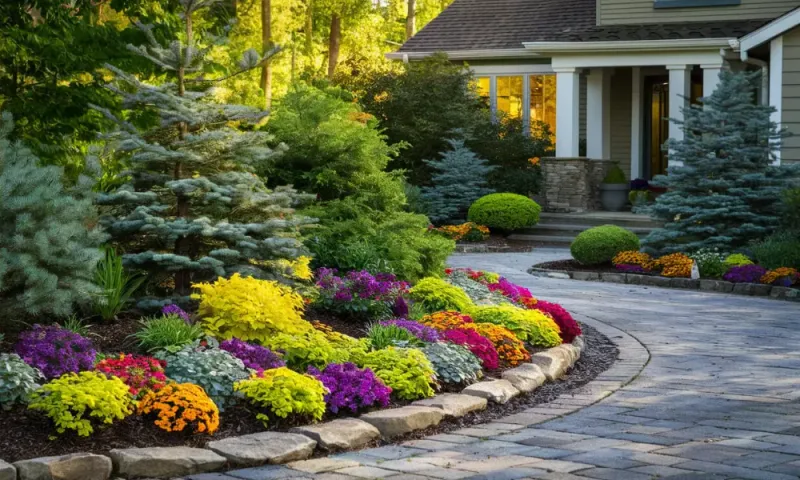
Where once elaborate landscaping signaled wealth and status, now it just screams “weekend maintenance nightmare.”
Intricate gardens with delicate plants demand constant attention, water, and care. Low-maintenance outdoor spaces are winning the popularity contest these days.
Native plants, simple designs, and even artificial turf appeal to busy homeowners who would rather enjoy their yards than slave over them every Saturday.
6. Wet Bars
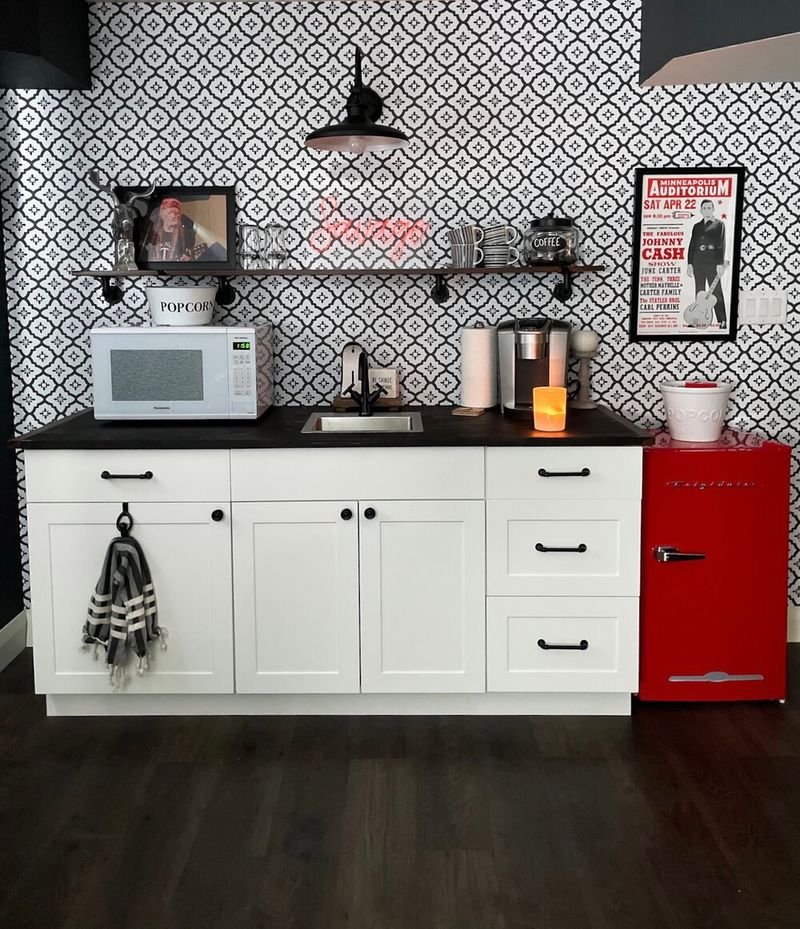
Wet bars once symbolized sophisticated entertaining. Now they’re often viewed as relics from a bygone era of cocktail parties and smoking jackets.
The dedicated sink, mini-fridge, and built-in shelving take up valuable space that could serve multiple purposes.
Modern entertainers prefer flexible solutions like bar carts that can be moved around or tucked away when not hosting friends for drinks.
7. Wine Cellars
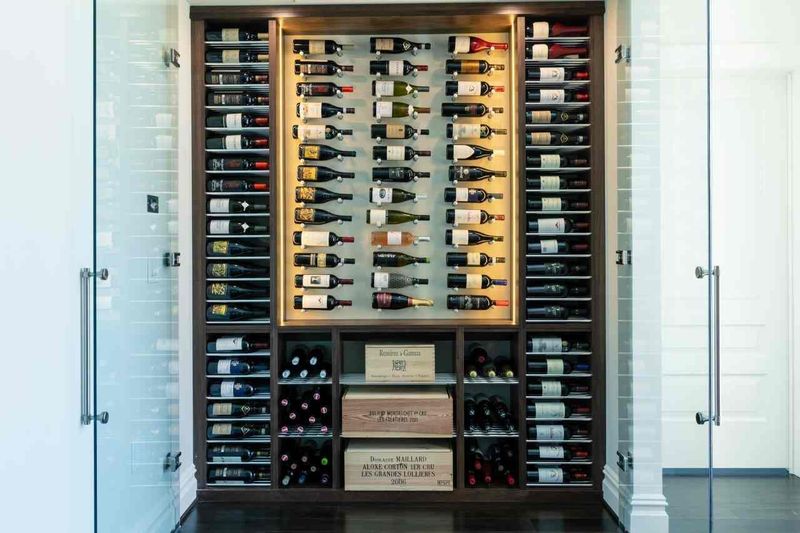
Unless you’re seriously into wine collecting, dedicated wine cellars are falling flatter than day-old champagne.
They gobble up valuable square footage and require special climate control systems that drive up energy costs.
Smart homebuyers now prefer built-in wine fridges that hold a reasonable collection without dedicating an entire room to storage. Plus, who needs 500 bottles when most of us enjoy wine within weeks of purchase?
8. Outdoor Kitchens in Four-Season Climates
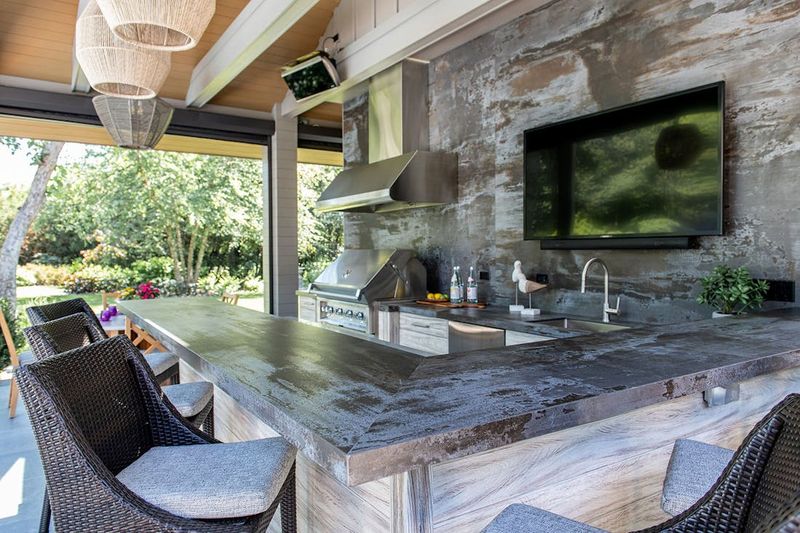
How many months can you actually use that elaborate outdoor kitchen in Minnesota? For most homeowners, the answer is “not enough to justify the cost.”
Weather-beaten appliances deteriorate quickly when exposed to the elements year-round.
Today’s practical buyers prefer simple grilling stations or portable options that don’t require winterizing or extensive maintenance when temperatures drop below freezing.
9. Media Rooms

Sometimes called home theaters, these specialized rooms with tiered seating and built-in screens were once the pinnacle of luxury.
Fast forward to today, when everyone streams shows on their phones and tablets. The dedicated media room feels increasingly obsolete.
Families prefer multipurpose spaces where they can watch movies one day and do yoga the next, rather than rooms with fixed seating that can’t easily adapt to changing needs.
10. Carpet In Bathrooms
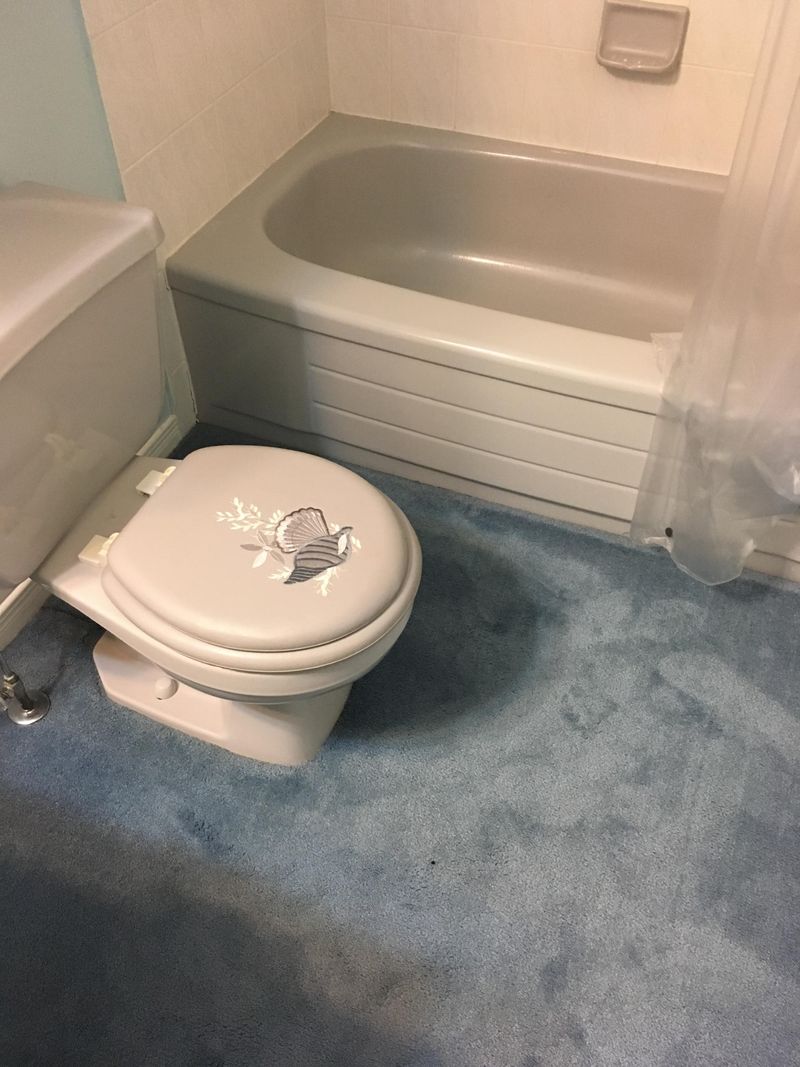
Whoever thought putting carpet in bathrooms was a good idea clearly never considered what happens when toilets overflow!
This bizarre trend from decades past somehow persists in older homes. Moisture and carpet create a paradise for mold and mildew.
Modern buyers run screaming from bathrooms with wall-to-wall carpeting, preferring water-resistant tile or luxury vinyl that won’t turn into a science experiment after a few months.
11. Oversized Soaking Tubs
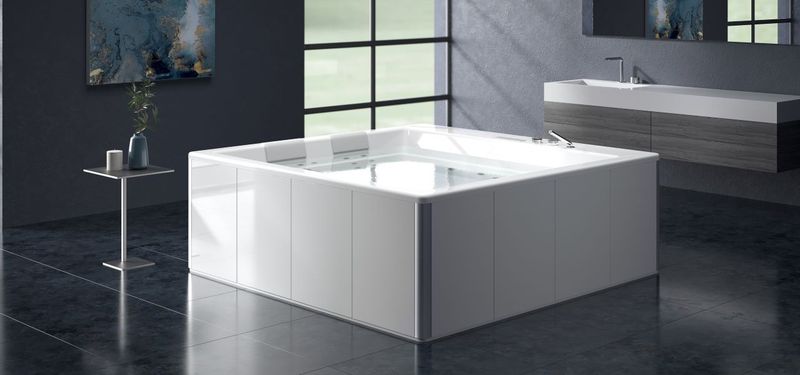
Those massive soaking tubs taking up half the primary bathroom? They’re quickly becoming white elephants of home design.
Much like their jacuzzi cousins, they rarely get used enough to justify their footprint. Water conservation concerns and busy lifestyles make these tubs impractical luxuries.
Savvy homebuyers would rather have expanded shower space or additional storage where they once would have had a rarely-used tub.
12. Tuscan Kitchens
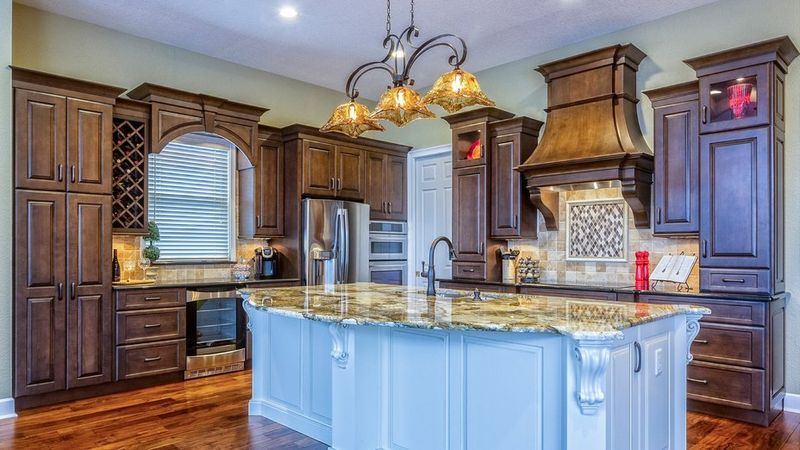
Once upon a time, everyone wanted their kitchen to look like a villa in the Italian countryside. Dark cabinets, ornate moldings, and faux-finished walls in amber and gold tones dominated design magazines.
Now these heavy, dark kitchens feel dated and gloomy. Today’s buyers gravitate toward bright, clean designs with simple lines.
Those sponge-painted walls and distressed cabinets are major turnoffs in the 2020s.
13. RV Garages
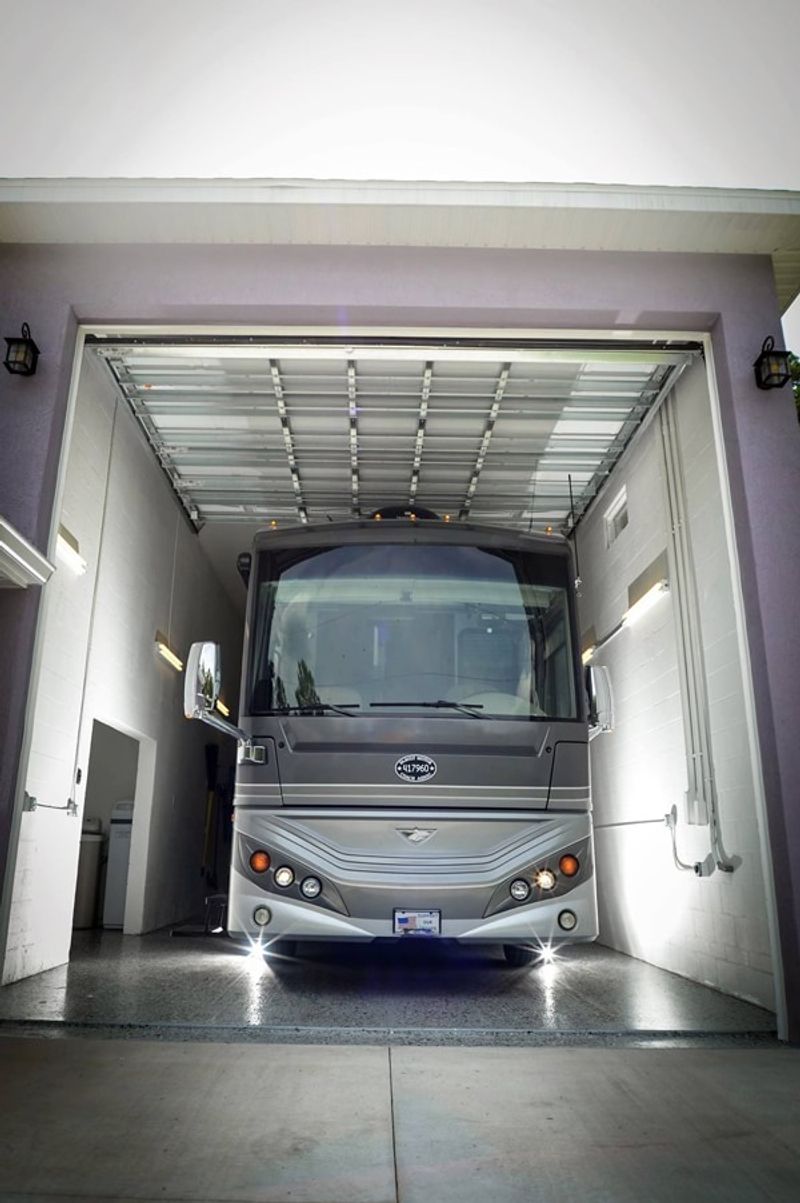
When did storing a rarely-used recreational vehicle become more important than having livable space? RV garages stand empty most of the year, taking up valuable property that could be used for actual living.
For occasional RV users, storage facilities make more sense than building a massive garage. Modern homebuyers often see these oversized garages as wasted opportunities for additional bedrooms, home offices, or outdoor living space.
14. Wall-To-Wall Mirrored Closets
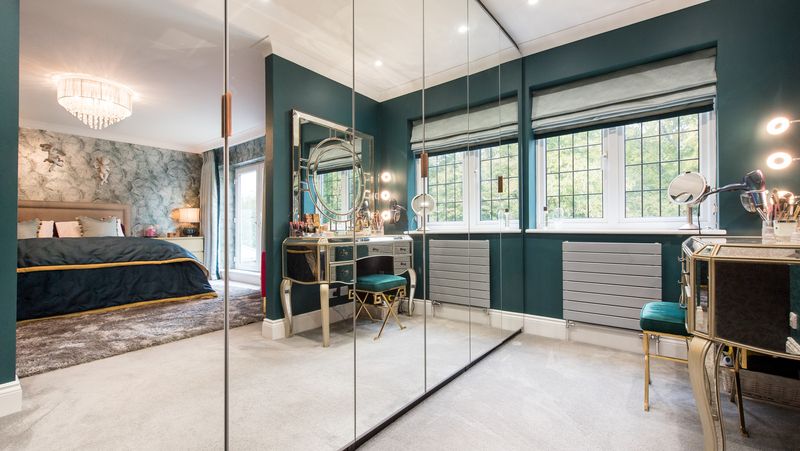
Looking at yourself from every possible angle while getting dressed seemed like a good idea in the 1980s.
Fast forward to today, and these mirrored monstrosities are dated eyesores that make rooms feel like cheap hotel suites.
Beyond the questionable aesthetics, they’re fingerprint magnets and crack easily. Contemporary buyers prefer clean-lined closets with smart storage solutions over fun-house mirror effects that distort the room’s proportions.
15. All-White Kitchens
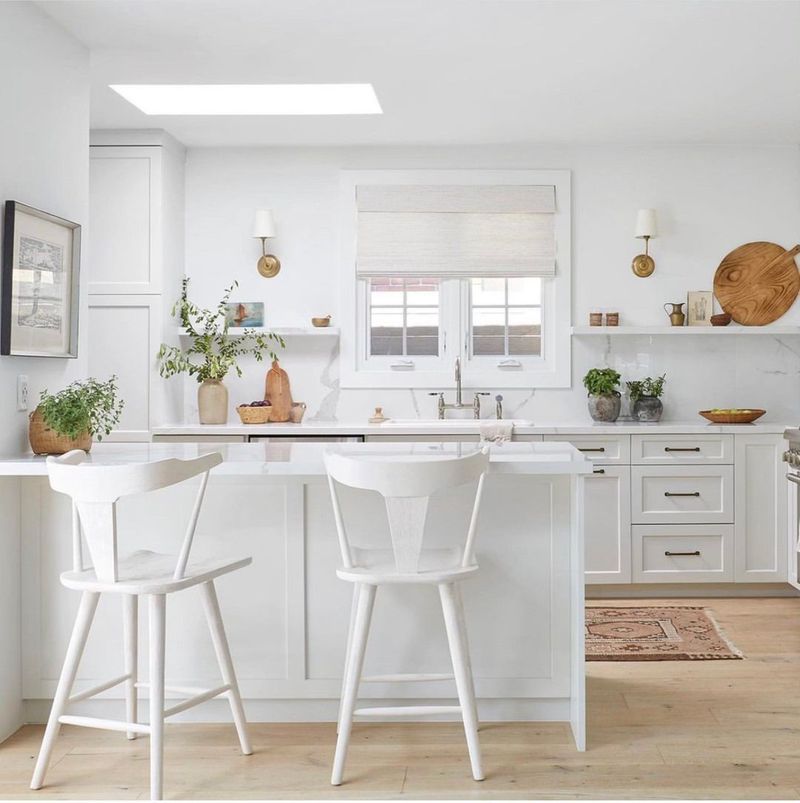
White kitchens dominated design trends for years, but the honeymoon phase is ending. Anyone who’s lived with pristine white cabinets knows they show every splash, fingerprint, and coffee drip.
Practical buyers are gravitating toward warmer tones and mixed materials that hide everyday messes. While white isn’t completely out, the stark, clinical all-white kitchen is losing its appeal to those who actually cook rather than just admire their spaces.
16. Massive Master Suites
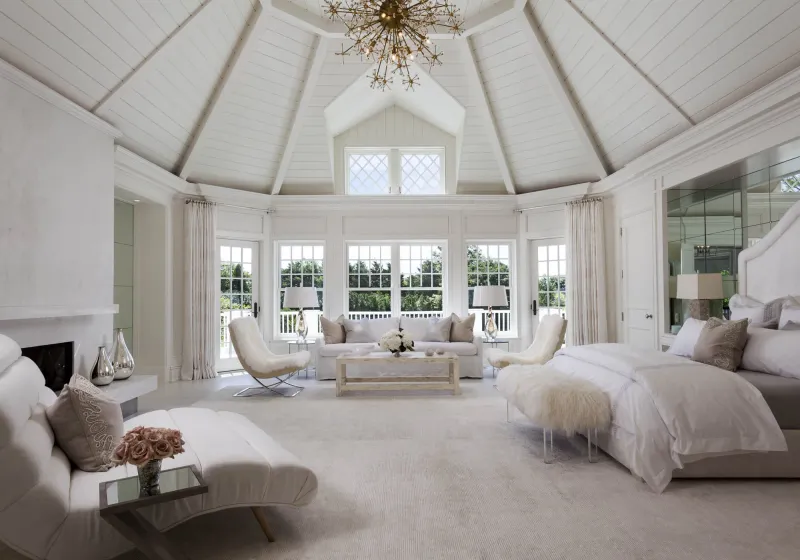
Master bedrooms the size of small apartments once topped buyer wish lists. Now these cavernous spaces often feel wasteful and inefficient.
Do you really need a bedroom big enough to host a dance party? Most people use bedrooms primarily for sleeping and dressing. Today’s buyers often prefer modestly-sized primary bedrooms paired with larger common areas where family actually gathers.
17. Closed-Off Kitchens
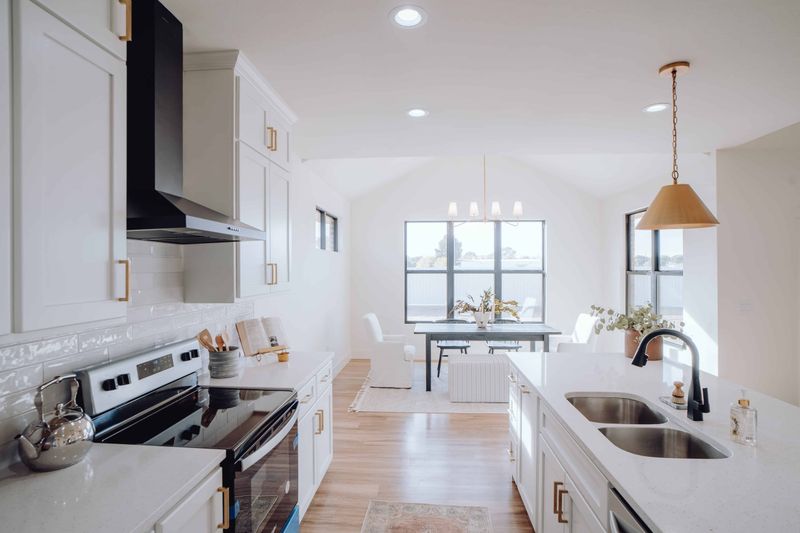
While open concept has dominated for years, some newer homes attempted a return to separated kitchens.
Turns out, nobody wants to be banished to a closed-off room while everyone else socializes. Cooking has become a social activity, not a chore to be hidden away.
Modern buyers still strongly prefer kitchens that open to living spaces, allowing conversation to flow as freely as the wine during dinner parties.

